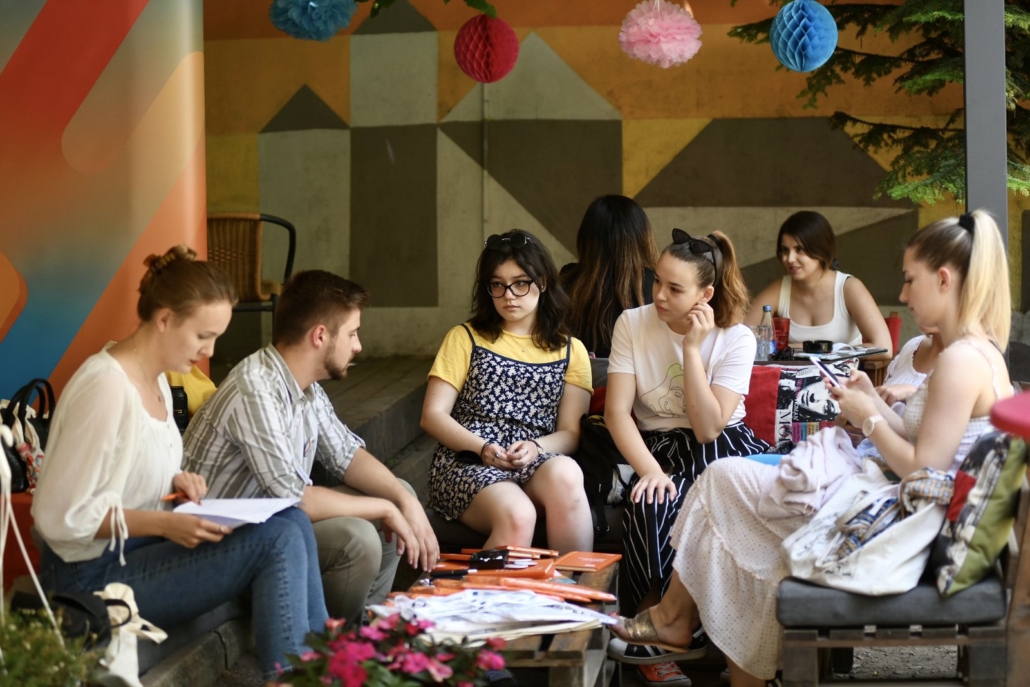
Bosnia and Herzegovina (BIH), also referred to as the ‘Heart Shaped Country,’ is known for its natural beauty, diverse culture and kind-hearted people. However, its higher education system continues to face challenges due to the country’s complex political and economic history.
As of 2023, 45% of students who complete secondary education in Bosnia and Herzegovina enroll into tertiary education institutions. However, a decrease in enrollment has been a consistent trend over the past decade, with the current number of students being about 35,000 fewer than 10 years ago. This decrease is primarily due to young people leaving the country in order to seek out a better future, correlating with the fact that BIH had the second largest diaspora in 2020 as well as other issues that will be explored within this article. Here is information about the current issues with higher education in Bosnia and Herzegovina.
Fragmented Education System
Following the war in the 1900s, the Federation of Bosnia and Herzegovina (fBIH), Republika Srpska (RS) and the Brčko District divided BIH into separate regions. There are also 10 cantons within fBIH, each with its own Ministry of Education, that independently implements its own curriculum. Because of this, there is a very decentralized higher education system in Bosnia and Herzegovina, including languages like Cyrillic and Latin, and history like Serbian history in RS and and Bosniak-Croat history in fBIH.
Foreign Countries Not Recognizing Diplomas
European nations often do not recognize degrees in BIH, which makes it difficult for students to secure jobs or continue postgraduate studies worldwide. One of the reasons for this is that many universities in BIH include the word ‘international’ in their names, but they lack international accreditation, hence students are urged to conduct research before embarking upon higher educational journeys in BIH. The problem of the fragmented education system undermines Bosnian diplomas because it raises doubts whether they meet uniform quality standards.
There are also weak quality assurance mechanisms. According to Eurydice, the accreditation process begins when Higher Education Institutions (HEI) prepare a self-evaluation report and submit it to the relevant authority. Then, an expert panel visits the site and conducts an assessment. The authority grants accreditation based on the panel’s recommendation and lists the HEI in the National Registry, which the Agency for Development of Higher Education and Quality Assurance manages. Unfortunately, due to the fragmented system, corrupt political involvement and capacity issues, these guidelines are not fully met, therefore raising questions about the validity of Bosnian diplomas.
Limited Funding
Higher education institutions receive financing through different budgets depending on the region. In RS, the entity budget, which the Ministry of Education and Culture RS manages, funds higher education. Meanwhile, in fBIH, there are cantonal budgets that cantonal ministries of culture manage which fund higher education. There is no state- level funding for higher education, resulting in 13 separate budgets across the country. Furthermore, there is a lack of strategic planning of how to spend the budget, alongside no accountability – funds therefore do not need to be allocated effectively and higher education institutions are not legally required to justify their spending.
Another issue with higher education in Bosnia and Herzegovina along the lines of finance is the effect that poverty has on those who wish to pursue university studies. According to Study Abroad Aide, tuition fees in BIH can range from as little as 440 BAM (approx. £200 or $250) to 18,400 BAM (approx. £9,200 or $11,360). While this is significantly cheaper than tuition fees in the U.K. or the U.S., for citizens living there, this can unfortunately be an unrealistic amount. For example, almost a third of children between the ages of 5 and 15 in BIH are at risk of poverty due to the inadequate implementation of the 2015-2018 Action Plan for Children.
Furthermore, the COVID- 19 crisis had a detrimental impact on poverty levels in BIH. It was estimated that poverty would rise from 11.8% to as high as 14.6% from 2019 to 2020. These factors affect higher education in Bosnia and Herzegovina in that students may simply not be able to afford tuition fees, preventing them from following the path of university and higher education. Here are some progressions that higher education in Bosnia and Herzegovina has made.
Financial Support
While most students are required to attend university on a self financed basis, The Ministry of Education and Culture in RS and the cantonal ministries of education in FBiH provide scholarships for those who meet the qualifications. This does not take into account students’ background or social status, allowing anyone to qualify, given that they pass the entry exam. Furthermore, BIH also offers fully-funded scholarships to international students to excellent universities, such as the University of Banja Luka and the University of Sarajevo, if students are able to demonstrate excellent academic achievement and financial needs.
Not only does this open up opportunities for students to explore the rich history and indulge in the flavorful culture of, but it also tackles the issue of ‘brain drain.’ ‘Brain drain’ describes young talent leaving BIH due to the futile future they will have if they remain. Welcoming more international students allows talented young people to find opportunities within Bosnia, hence tackling the problem of brain drain.
The Bologna Process
The Bologna Process is a European higher education reform initiative aimed at creating a cohesive and compatible system of higher education across Europe, which BIH has been a member of since 2003. Because the Bologna Process aims to create an education system within Europe that everyone adheres to, this means that it will increase the validity that Bosnian degrees have across Europe. It has specifically introduced the three-cycle degree structure and established quality assurance mechanisms, but any positive outcomes of the Bologna Project have been overshadowed by how the students affected feel about it.
A study conducted with 81 students from the English Literature and Language departments in the universities of Tuzla and Banja Luka claimed that the students did not perceive it that way. About 40% of students claimed that they believed the Bologna Process was “forcing them to study constantly” with 62% of students saying they felt it was incomplete or misapplied. This can unfortunately be deemed as true due to the underfunding of higher education. The simplest things, such as old classrooms and outdated technology, can prevent higher education in Bosnia and Herzegovina and the Bologna Project from reaching their full potential.
Recommended Changes
While there has been no news of significant changes that the Bosnian government is bringing about to higher education, the Swiss Agency for Development and Cooperation has presented recommended action. These include:
- Ensuring a fully functional system for the accreditation of higher education institutions throughout the country, which lies with the responsibilities of education authorities and academia. This should be an immediate priority.
- Ensuring justified funding for education, including establishing a needs-based coefficient for pupils with disabilities. This should be a medium-term priority.
- Reforming initial teacher education needs, in line with developed qualification and occupational standards and developing a Vocational Education and Training Strategy that addresses the needs of the labor market. This should be a long term priority, which lies with the responsibilities of APOSO and the education authorities, national education specialists and NGOs and teachers and parents’ organizations.
To summarize, decentralized education, limited funding and unrecognized diplomas are the main causes of the pitfalls in higher education in Bosnia and Herzegovina. However, there has been progress with the implementation of scholarships and elements of the Bologna Project, although there is still a way to go to further improve access to higher education in Bosnia and Herzegovina.
– Emina Bolic
Emina is based in England, UK and focuses on Global Health and Politics for The Borgen Project.
Photo: Flickr
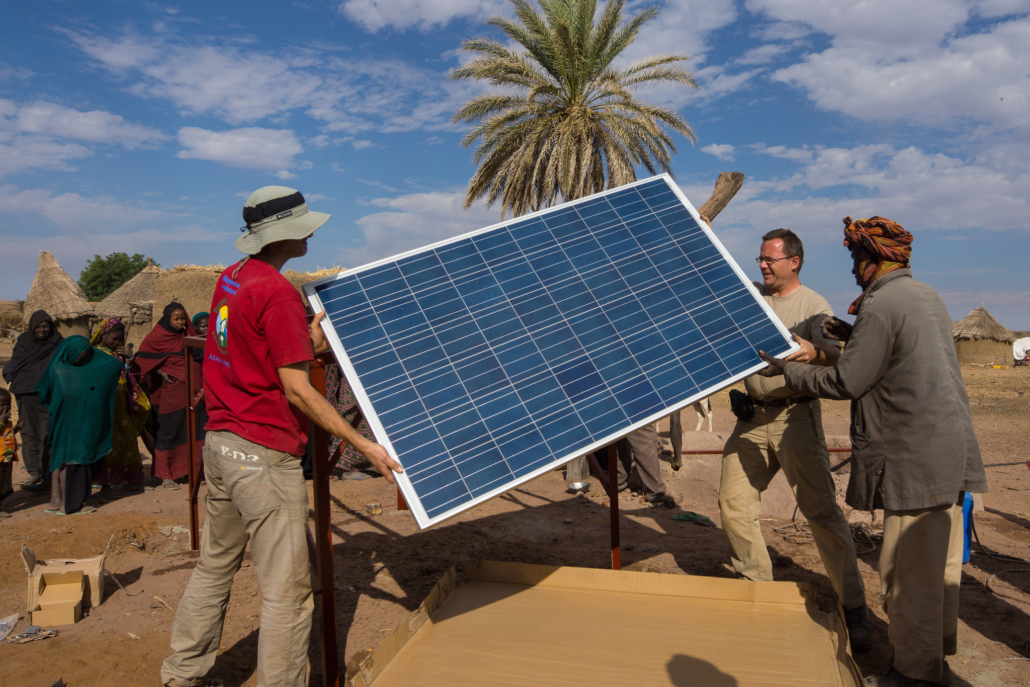

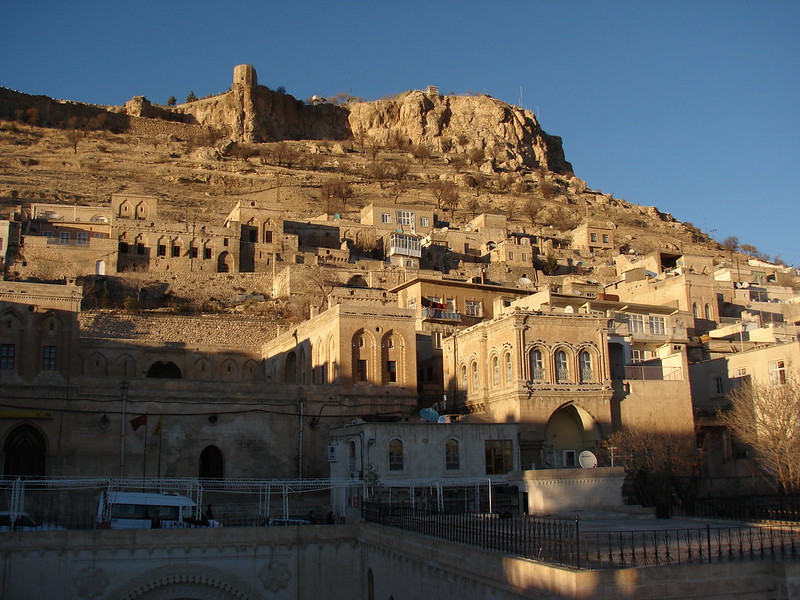 The southeastern regions of Turkey face significant challenges as
The southeastern regions of Turkey face significant challenges as 
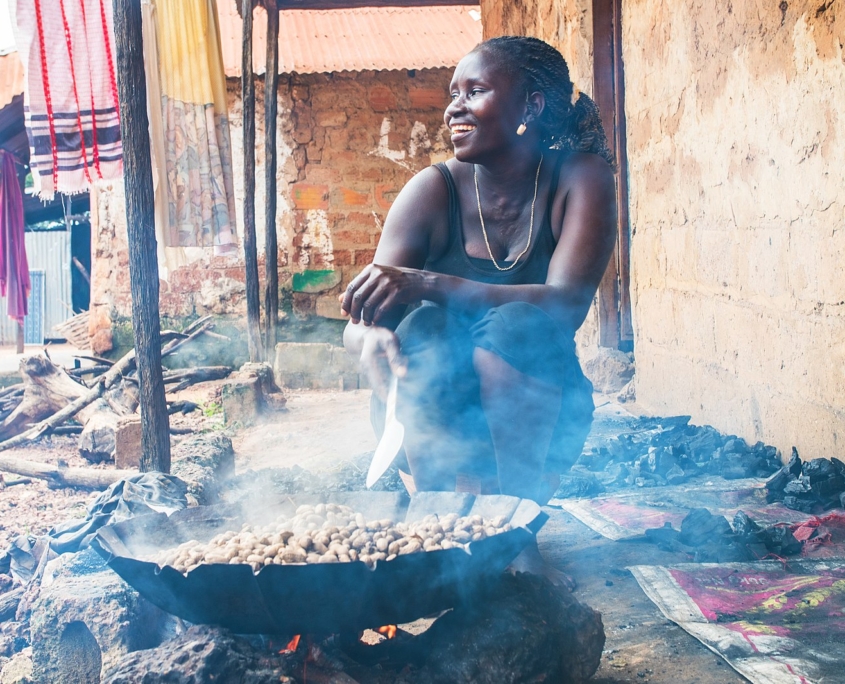
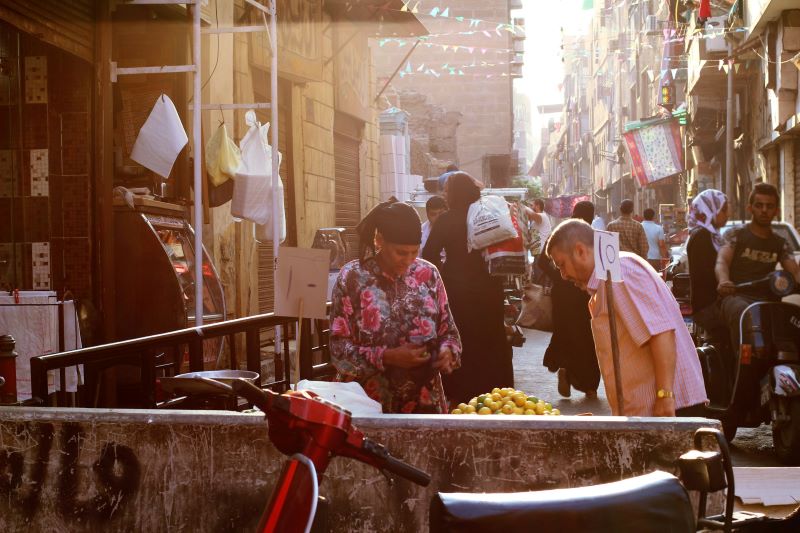 Microfinance in Egypt has been used to promote financial inclusion and empower low-income individuals, particularly women. It does so by providing them with access to small loans and financial services, allowing them to satisfy their household’s needs independently. This has been supported by both government initiatives and NGOs, helping to stimulate entrepreneurship and improve livelihoods in impoverished communities
Microfinance in Egypt has been used to promote financial inclusion and empower low-income individuals, particularly women. It does so by providing them with access to small loans and financial services, allowing them to satisfy their household’s needs independently. This has been supported by both government initiatives and NGOs, helping to stimulate entrepreneurship and improve livelihoods in impoverished communities  Between 2021 and 2022, it was fair to say that poverty in
Between 2021 and 2022, it was fair to say that poverty in 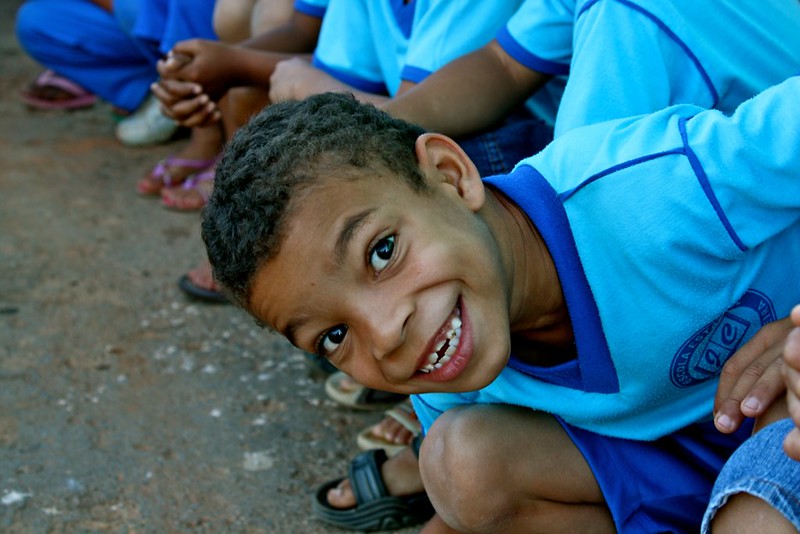
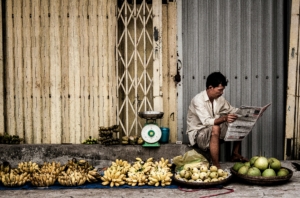 Over the last three decades, poverty reduction in Vietnam has experienced unprecedented success.
Over the last three decades, poverty reduction in Vietnam has experienced unprecedented success. 